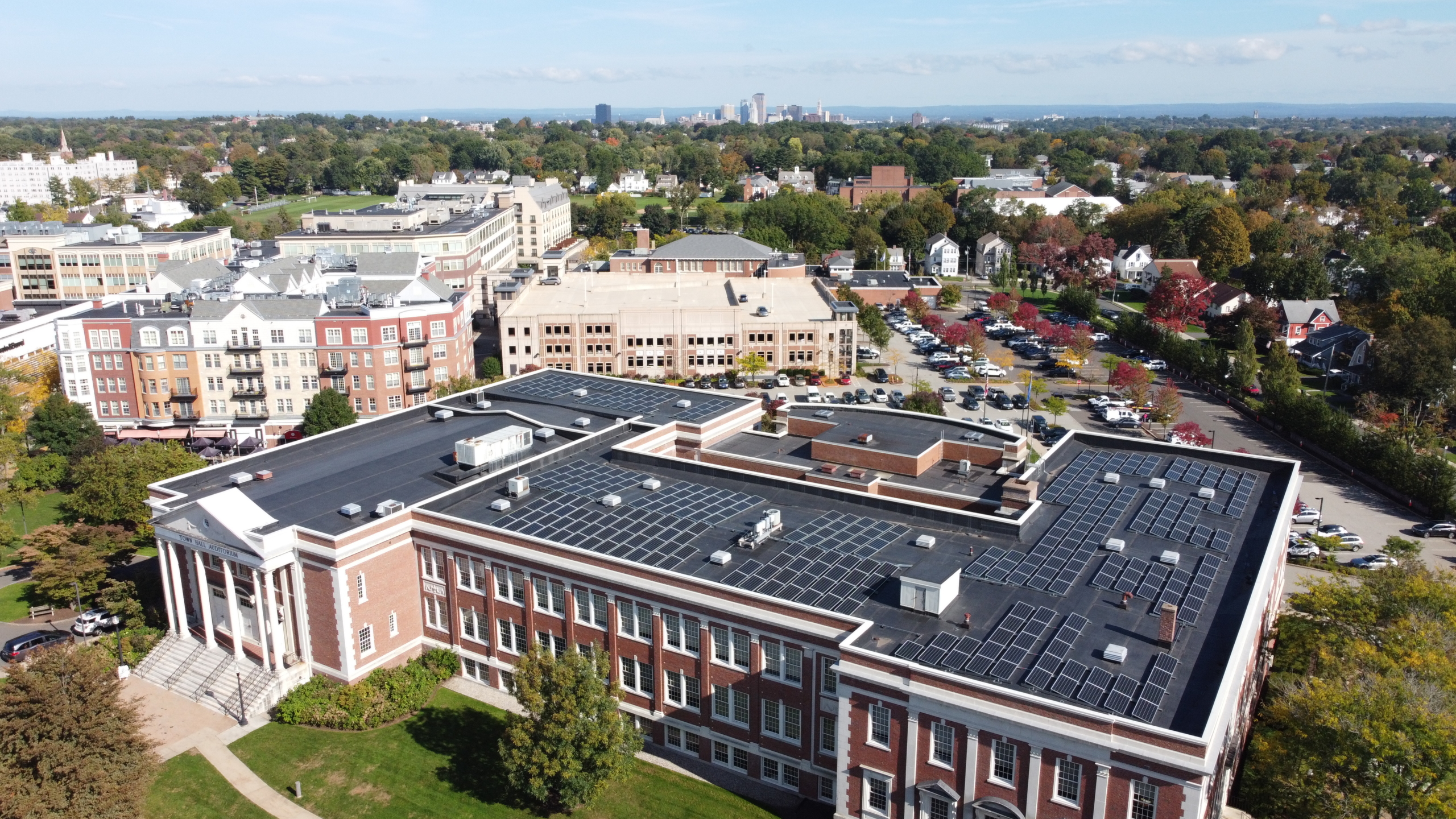Study dispels 5 myths about Connecticut’s transition to a 100 percent renewable energy economy.
A study from Stanford University has put to rest some of the myths surrounding renewable energy and highlighted the benefits of a 100% clean energy power economy. The researchers reported state-specific benefits that Connecticut will reap by transitioning to a renewable energy economy. In doing so, they also dispelled some common myths about renewables that, if used in public-facing messaging, could have us on track to meet Governor Ned Lamont’s goal of reaching 100 percent carbon-free electricity by 2040.
Myth #1: Renewable energy makes the northeast less reliable and more prone to blackouts. Renewables can meet consumer demand for reliable power across the grid that Connecticut shares with five other New England states. Even with extreme weather, no blackouts occur in any state with the solutions proposed in the study’s clean energy model. The study points out that during cold storms winds are stronger, so wind and solar are complementary in nature.
Myth #2: Energy storage is only for emergencies, like power outages. When demand peaks, grid operators turn to the least efficient, most expensive energy generators. Instead, stored renewable energy can be discharged during peak demand.
While Connecticut has been in the news for its new battery storage program launched at the beginning of this year, lesser-known types of energy storage include concentrated solar power, pumped hydropower storage, and other technologies.
Myth #3: Clean, renewable energy is expensive and will inflate the state’s annual energy costs. The cost to implement the model presented in the study would be much lower than business-as-usual in all states. In Connecticut, the study’s clean grid model would reduce the state’s annual energy costs 57.3% by 2050, from $17.4 to $7.4 billion per year.
A recently published industry technical report, Why Local Solar For All Costs Less: A New Roadmap for the Lowest Cost Grid, also bolsters the economic argument for promoting distributed renewable energy.
Myth #4: Moving away from fossil fuels will cost Connecticut residents their jobs. In Connecticut, the study’s clean grid model would create 73,000 more long-term, full-time jobs as the state transitions away from fossil fuels.
Myth #5: Fossil fuels don’t affect my family’s health. In Connecticut, a state with one of the highest rates of asthma in the nation, the study’s clean grid model predicts 520 lives saved from air pollution reduction per year by 2050.
Still, existing policies in Connecticut continue to fall short. We encourage state policymakers to take concrete actions now that will foster the growth of solar, wind and other clean energy sources to lower energy costs, create jobs, and protect our environment.This study refutes common myths to show residents and policymakers alike that a transition to 100% renewable energy is not only feasible, but a win-win-win for consumers, workers, and the environment.
Aziz Dehkan is the executive director of the Connecticut Roundtable on Climate and Jobs. William Herchel is the co-founder and CEO of Verogy




